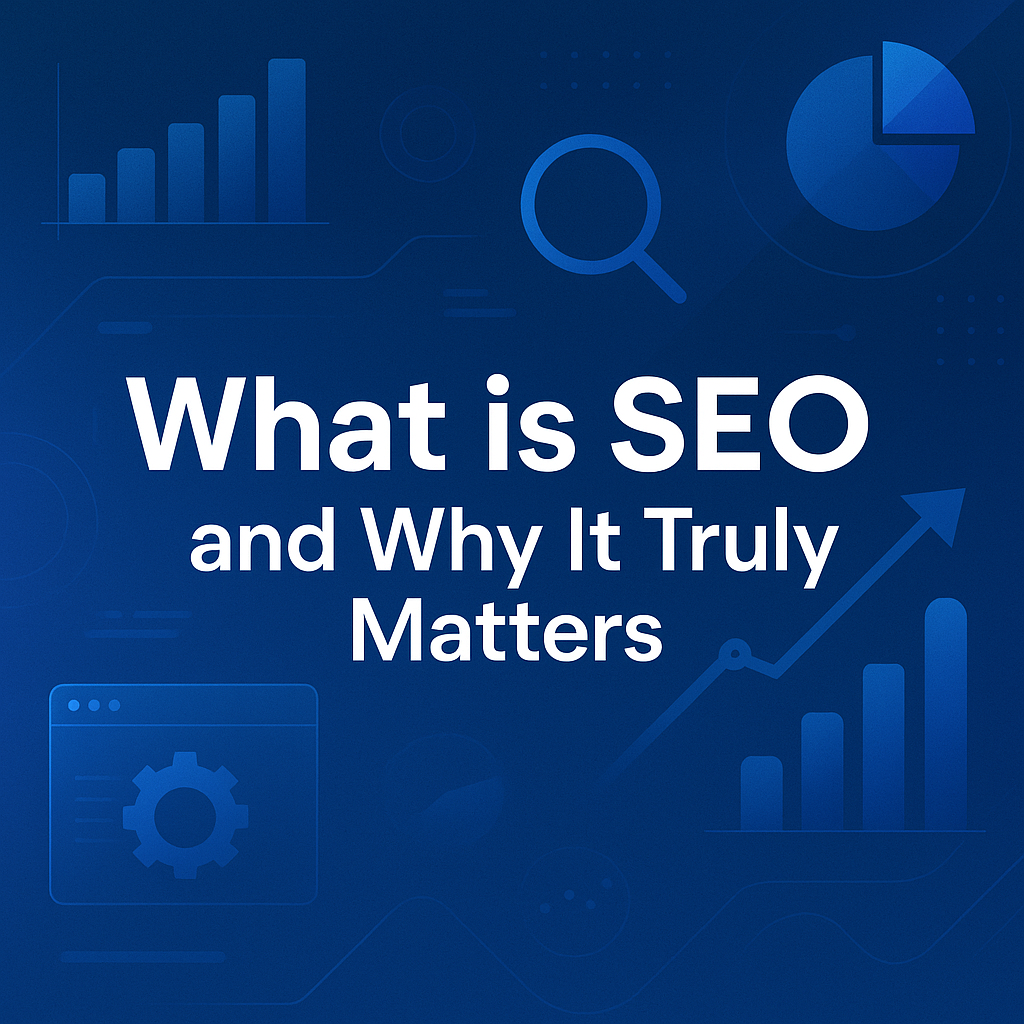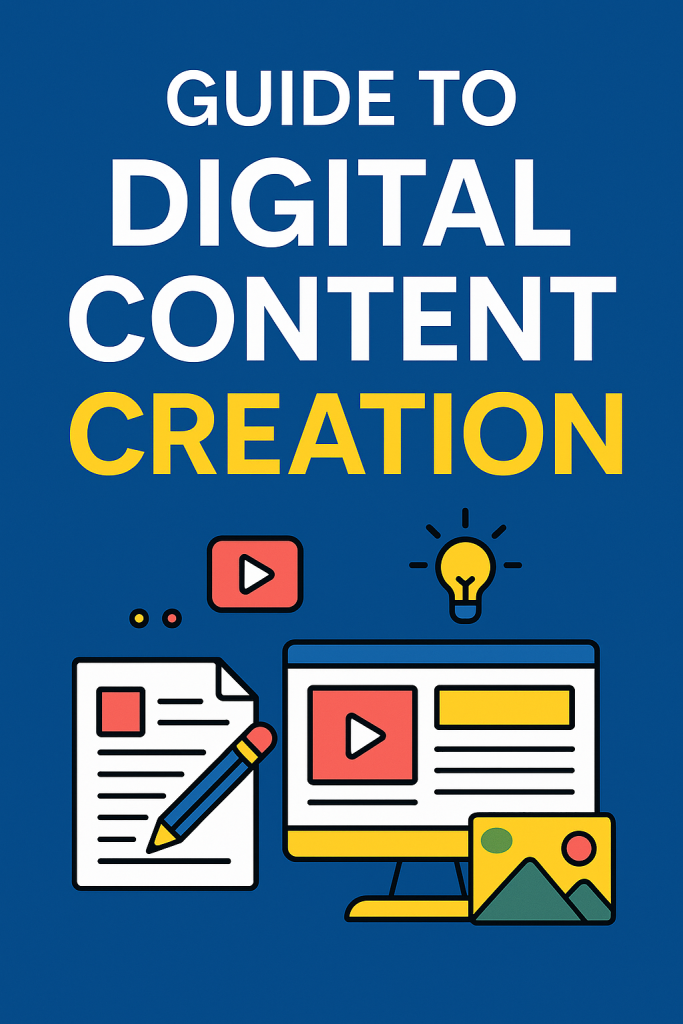In the fast-paced world of digital marketing, one of the most effective ways to get your website noticed is through SEO—Search Engine Optimization. Among its many branches, “On-Page SEO” is the most fundamental and essential. It refers to all the techniques and best practices that you apply directly on your website’s pages to improve their visibility on search engines like Google.
This beginner’s guide will walk you through everything you need to know about On-Page SEO in a simple and practical way. Whether you’re starting a blog, launching a business website, or managing content for clients, understanding On-Page SEO is the first step toward building a strong online presence.
What is On-Page SEO?
To begin with, On-Page SEO (also known as On-Site SEO) involves optimizing the content and structure of a specific web page so it can rank higher in search engine results. It focuses on elements like the page’s title, meta description, URL, content quality, keywords, internal links, image tags, and more.
Think of your website as a book. On-Page SEO ensures that each chapter (or page) has a clear title, useful content, relevant images, and logical connections to other chapters. This helps both search engines and human visitors understand what your page is about.
Why is On-Page SEO Important?
Now you might wonder, why should you care about On-Page SEO? Well, it’s crucial because:
- It helps search engines understand your content, which increases the chance of ranking for relevant search terms.
- It improves user experience by making content easier to read, navigate, and engage with.
- It increases organic (free) traffic to your site without relying on paid ads.
Key Elements of On-Page SEO (with Examples):
Let’s break it down with examples to make it more practical:
- Title Tag: This is the clickable headline that appears in search results. Ideally, it should be relevant, contain your main keyword, and be under 60 characters.
Example: “Beginner’s Guide to On-Page SEO – Boost Your Rankings Easily” - Meta Description: A brief summary (under 160 characters) that tells searchers what the page is about.
Example: “Learn the basics of On-Page SEO and discover easy tips to improve your website’s visibility on Google.” - URL Structure: Keep URLs short, relevant, and keyword-rich. In other words, avoid unnecessary numbers and symbols.
Good URL: www.example.com/on-page-seo-guide - Headings (H1, H2, H3): Use headings to structure your content clearly. Each page should have one H1 (main title), and subheadings (H2, H3) to divide sections logically.
Example:
- H1: Beginner’s Guide to SEO
- H2: Why SEO Matters
- H2: 10 Tips to Optimize Your Pages
- Keyword Usage: Use your target keyword naturally throughout the content. Avoid stuffing it. Instead, use variations and related terms to maintain flow and relevance.
Example Keyword: “on-page SEO” - Internal Linking: Next, connect your content by linking to other relevant pages on your site. This improves navigation and keeps users engaged.
Example: Linking from a blog post to your contact page or another related article. - Image Optimization: Additionally, make sure to use high-quality images with descriptive file names and alt text. This helps with accessibility and SEO.
Example: An image of an SEO dashboard named “seo-tools-dashboard.jpg” with alt text: “Example of an SEO analytics dashboard.” - Mobile-Friendliness: With more users browsing on mobile, it’s vital that your site looks good and functions well on all devices.
- Fast Loading Speed: Also, a slow site can drive visitors away. Compress images, use caching, and minimize scripts to boost performance.
- Content Quality: Finally, always prioritize valuable, informative, and original content. If your content answers real user questions, it will rank better and earn trust.
Final Tips for Beginners:
Before you wrap up, here are some actionable tips to start with:
- Use free tools like Google Search Console, Google PageSpeed Insights, and Ubersuggest to audit and improve your site.
- Keep learning! SEO trends change, and staying updated helps you stay ahead.
- Most importantly, focus on the user. If your content helps real people, it will likely perform well in search engines too.
To sum up, by applying these On-Page SEO techniques, you make your website more accessible to search engines and more valuable to visitors. It’s the cornerstone of any successful SEO strategy and a skill every website owner should develop.

